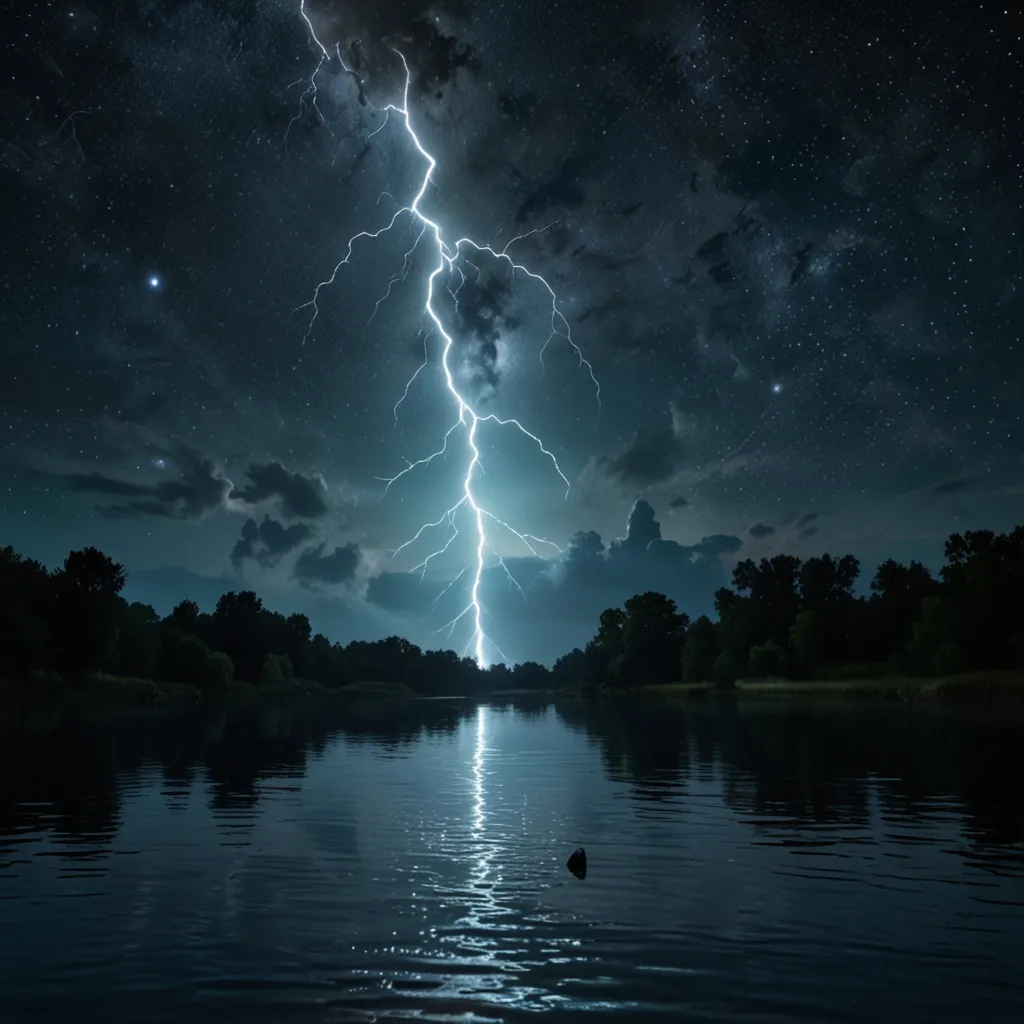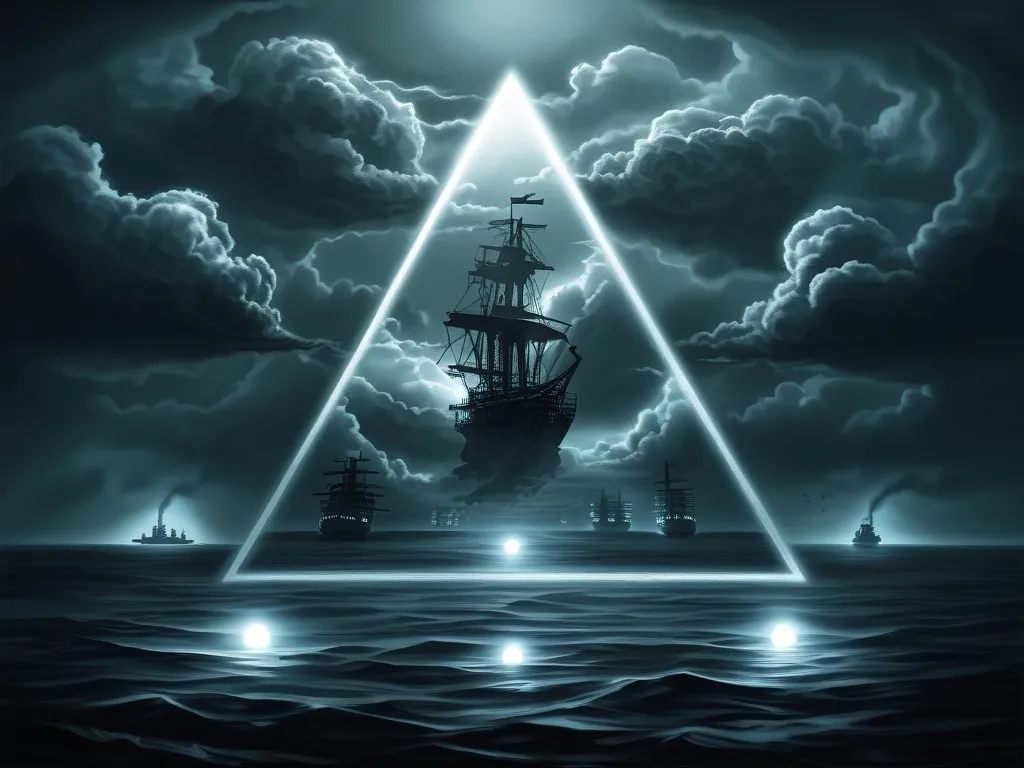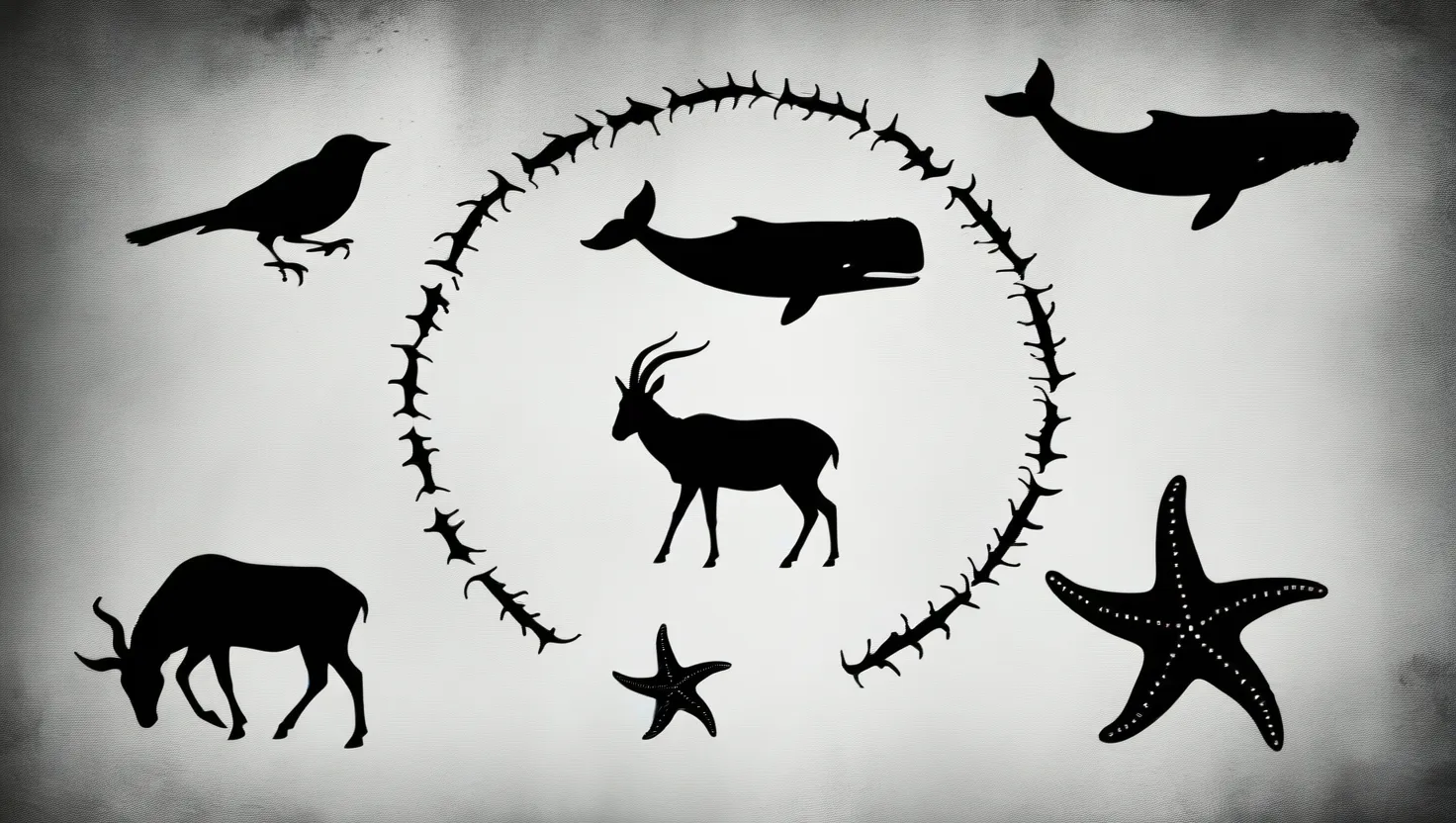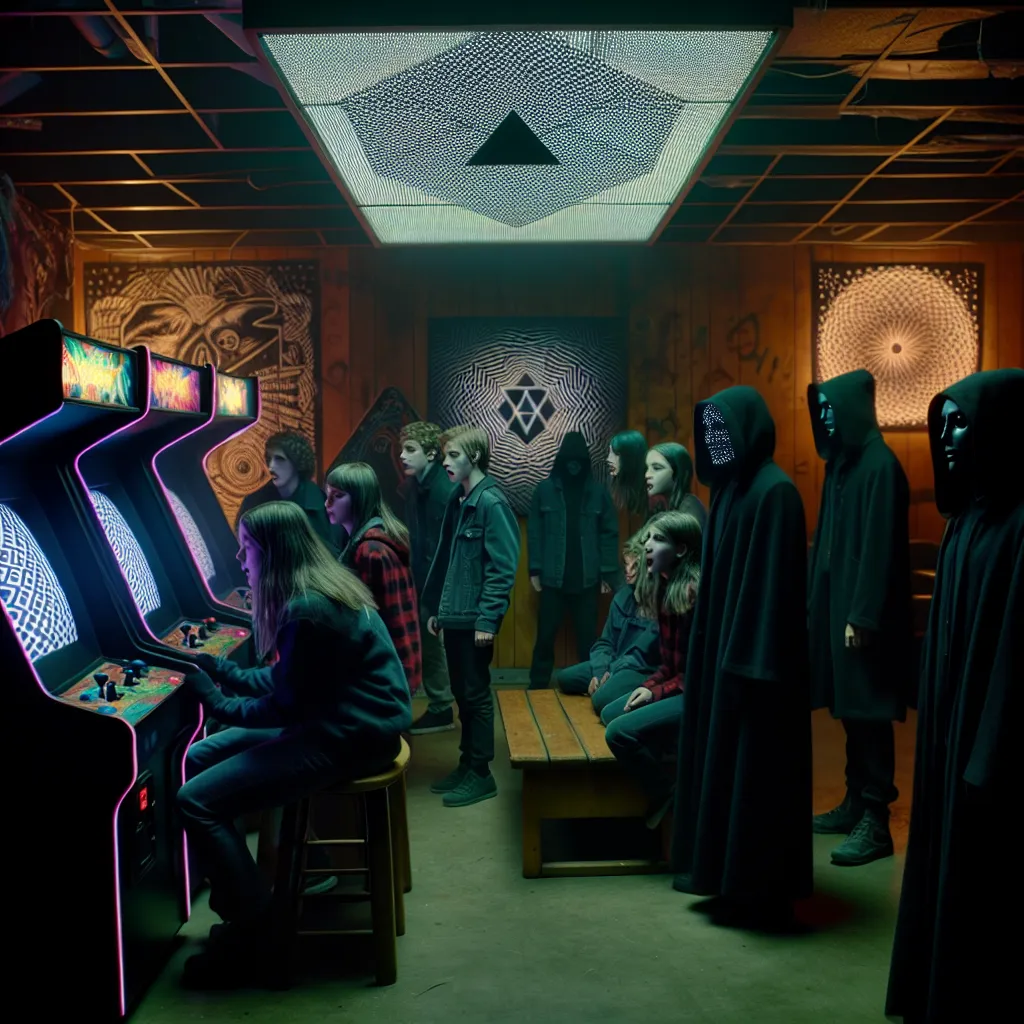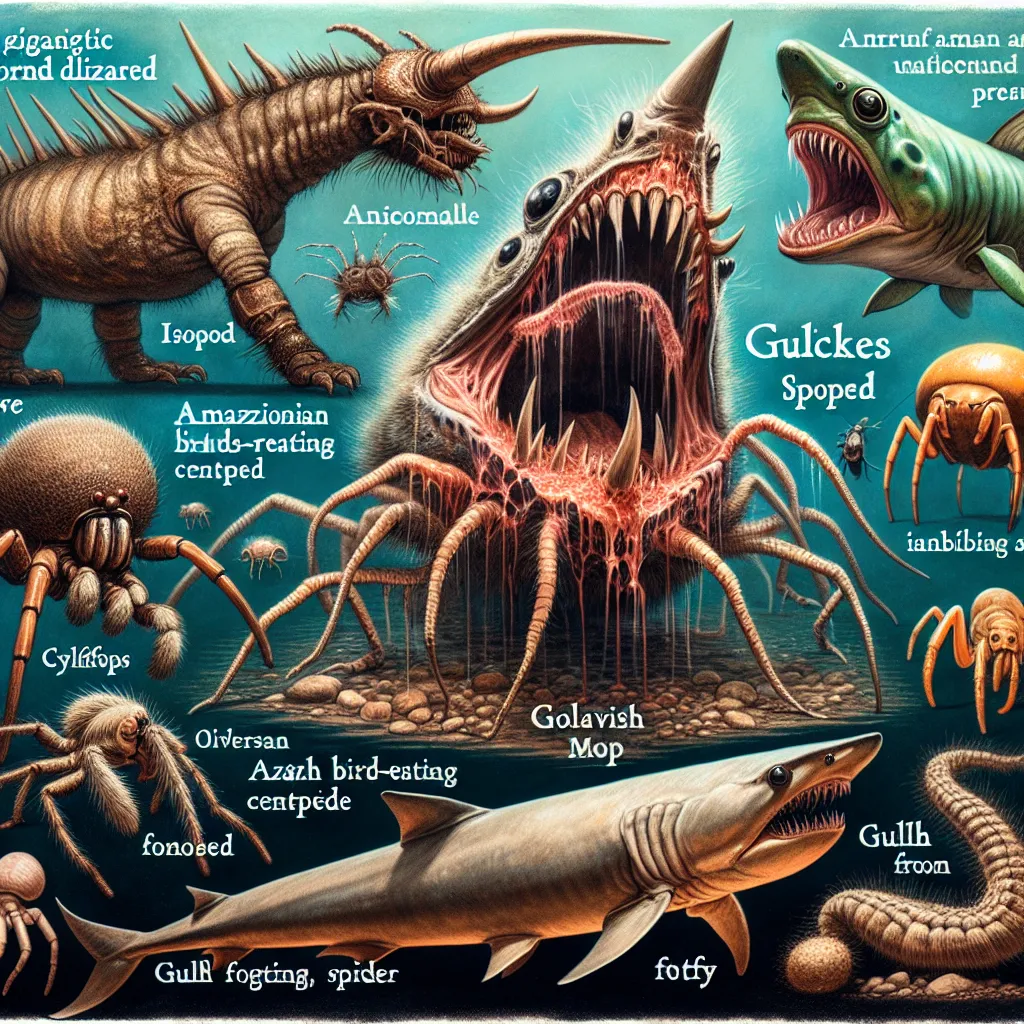Way back in 1931, a French anthropologist, Marcel Griaule, embarked on an adventurous journey into Mali, Africa. He was in search of a group known as the Dogon tribe, shrouded in a cloud of mystery and intrigue. Once he found them, he was captivated by their rich culture and traditions. Little did he know, this encounter was about to unfold a story that had whispers from across the ages and corners of the globe.
The Dogon people shared tales of peculiar beings called the Nommo. These creatures were described as amphibious gods who descended from the sky. Picture mystical beings who were part-mermaid, part-merman, but also bearers of extraordinary knowledge in astronomy, math, and science. The Dogon claimed these Nommos were like extraterrestrial deities. They needed water to live but had no problem coming ashore when necessary.
Griaule was especially intrigued by the Dogon’s tales, specifically those surrounding the arrival of the Nommo— a day known as the Day of the Fish. According to the Dogon, their creator god, Nommo, had a spectacular entrance descending from the sky amid a whirlwind of thunder, smoke, and lightning. What was even more astonishing wasn’t just the legend itself, but the origins of these aquatic gods. The Dogon said they arrived from a place that hadn’t been discovered by anyone on Earth until the late 1800s— a rather enigmatic star.
Back in the 1930s, when these discussions were happening, the French anthropologists were taken aback. The Dogon priests claimed that the Nommo came from the Sirius star system. This revelation caused a ripple of amazement and confusion. According to the Dogon, these gods hailed not from the brighter, obvious Sirius A but from its ghostly companion, Sirius B, a star that required advanced telescopic technology to be seen. How did the Dogon know about this elusive star when it seemed beyond their means of observation?
Across various ancient cultures, Sirius A has always held a significant role—from Greek to Egyptian, Persian to Polynesian lore. The Egyptians even used it to mark their calendars, and there’s a theory suggesting the Giza pyramids might be aligned with Orion’s belt pointing to Sirius A. In ancient times, civilizations clustered near rivers like the Nile and Euphrates documented the constellation of Sirius in their village layouts. But the big question remained: how did the Dogon possess such precise knowledge about Sirius B?
Their understanding didn’t stop just at the knowledge of Sirius B’s existence. The Dogon knew details like the orbits of Sirius A and B were around a 50-year period, with the invisible star being very dense. They even noted that Sirius B was roughly the size of Earth and spun on its axis.
It’s tempting to wonder whether the Dogon had access to some advanced, now-lost technology. Or is there another explanation? Could it be possible that beings from beyond our world shared this cosmic knowledge with them? There are theories suggesting that maybe, just maybe, extraterrestrial visitors acquainted them with this intricate knowledge. After all, the Dogon got all their celestial facts impeccably accurate.
But here’s a thought that can make one pause. If these so-called Nommos from Sirius B did indeed visit the Dogon and shared their knowledge, could they have dropped in on other cultures too? There’s a fascinating parallel in folklore worldwide involving amphibious beings imparting wisdom. The ancient Hindus had their fish gods, and similar tales can be found across Greek mythology. These fish people were said to come ashore and enlighten humankind, then slipped back into the water, only to return the next day.
The story of the Dogon tribe and their extraordinary knowledge paints a picture more akin to legend than reality. Yet, it raises intriguing questions about the past and who, or what, might have touched ancient civilizations with celestial wisdom. The mystery of the Nommo and the Dogon’s starry insights continues to stir the human imagination, provoking thought about what we know and the many things we have yet to uncover. It echoes through time, inviting curiosity, skepticism, and a bit of wonder into a narrative that feels as much like a cosmic fable as it does a chapter from the annals of anthropology.
